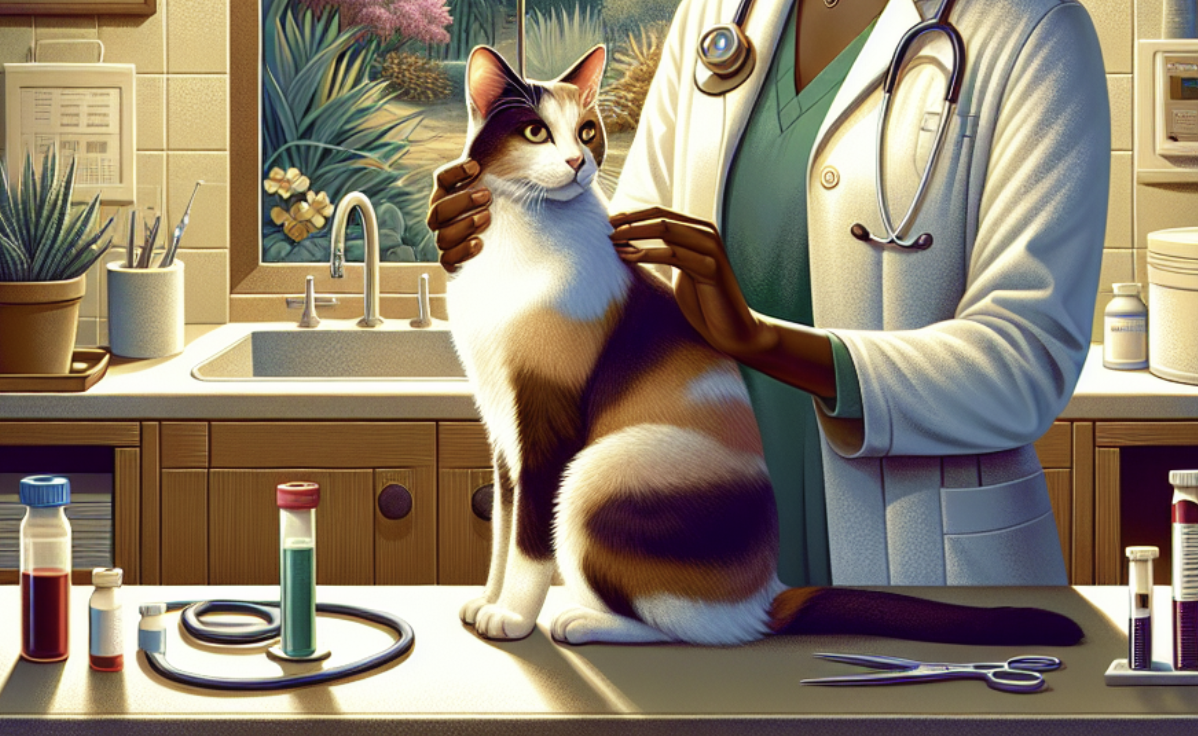Crucial Insights into Hemolytic Anemia in Cats: Symptoms, Causes, and Treatment

Hemolytic anemia is a critical condition in cats characterized by the undue destruction of red blood cells by the immune system. This complex disease can affect cats of any age or breed, leading to severe health consequences if not rapidly addressed. Understanding its symptoms, causes, and treatment is essential for cat owners to ensure timely and effective medical intervention.
Understanding Hemolytic Anemia
Anemia, in general terms, involves a reduction in the number of red blood cells circulating in the bloodstream. Hemolytic anemia is a specific form where the cat’s immune system erroneously marks red blood cells for destruction, often overwhelming organs such as the liver and spleen, which are responsible for recycling cell components like bilirubin and iron. When there’s an excess of red blood cell destruction, the body struggles to produce new ones at an adequate rate, leading to this dangerous condition.
Symptoms to Watch For
Identifying hemolytic anemia early can be a challenge since initial symptoms in cats can be subtle. Owners may notice lethargy, weakness, and a marked increase in rest. As the condition progresses, symptoms like rapid breathing, vomiting, loss of appetite, and noticeable changes in gum color—ranging from pale to yellow (icterus)—may occur. Urine may also change color, appearing orange or darker. Without timely intervention, cats can suffer from neurological symptoms like unsteadiness and collapse.
Common Causes
Hemolytic anemia may occur without a clearly identifiable cause (idiopathic) or be triggered by various external factors. Cats with outdoor access are at increased risk due to possible infections from tick-borne pathogens and viruses such as Feline Leukemia Virus (FeLV) and Feline Immunodeficiency Virus (FIV). Other health issues, like cancer, might also instigate the immune system’s attack on red blood cells, necessitating comprehensive diagnostic testing to pinpoint possible underlying diseases.
Diagnosis and Treatment Approaches
Veterinary intervention is critical for diagnosing hemolytic anemia. A comprehensive blood test (Complete Blood Count) and microscopic examination of blood cells confirm the anemia and identify its hemolytic nature by detecting red blood cell clumping (autoagglutination). Treatment often involves stabilization through blood transfusions, especially for critically ill cats, alongside immunosuppressive medication to curb the immune response targeting red blood cells.
While steroids are a common treatment to slow down red blood cell destruction, different medication regimens may be employed based on individual cat needs. In cases where infections contribute to the anemia, long-term antibiotics may be necessary.
Managing the Condition
Ongoing care post-diagnosis involves regular vet visits to monitor blood levels and adjust treatment as needed to prevent relapses, which are common even after remission. Owners should closely follow veterinary advice and never attempt home remedies or unapproved supplements, as these can be harmful.
Outlook and Prevention
Although hemolytic anemia is serious with potentially fatal outcomes if untreated, some cats respond well to aggressive treatment and stabilize. However, regular check-ups remain crucial to manage the condition over the long term. For prevention, maintaining a safe environment that limits exposure to infectious agents can help reduce risks, particularly for outdoor cats.
In conclusion, vigilant monitoring of your feline companions, paired with immediate veterinary care when abnormal symptoms are observed, can significantly improve outcomes for hemolytic anemia, allowing affected cats to lead a healthier life with appropriate ongoing management.





